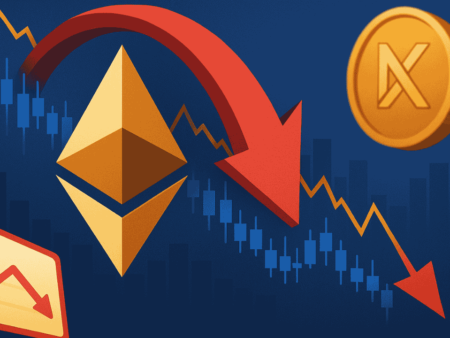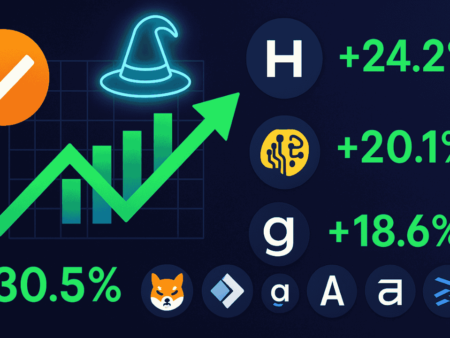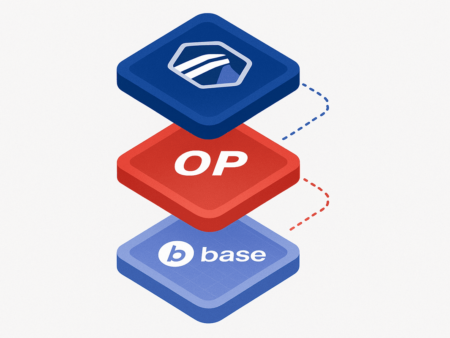Ethereum has always lived in the long shadow of Bitcoin, but this past week it carved out its own spotlight. Ether closed at $4,475, marking its strongest weekly finish since 2021. For a token that spent much of the last cycle stuck in Bitcoin’s wake, this rally feels different. It’s not just speculative heat—it’s a mix of narrative, utility, and institutional curiosity all converging at once.
The number matters. $4,475 isn’t just another tick on a chart; it’s the kind of milestone that forces investors to rethink what comes next. It’s been nearly four years since Ethereum wrapped up a week this high, and the timing couldn’t be more symbolic as the broader market debates the next stage of Web3 adoption.
The Drivers Behind the Surge
Ask ten analysts why Ether is rallying, and you’ll get ten answers. Some point to the steady drumbeat of institutional interest. Ethereum ETFs are gaining momentum after years of regulatory uncertainty, making Ether look less like an exotic asset and more like a portfolio staple.
Others highlight Ethereum’s evolving fundamentals. Despite the noise around newer chains, Ethereum remains the settlement layer of choice for stablecoins, decentralized finance, and NFTs. The network’s deflationary mechanics post-merge—where token burns occasionally outpace issuance—have added fuel to the narrative that Ether isn’t just useful, but scarce.
And then there’s the simple reality: liquidity is flowing back into crypto. Traders who sat out the bear market are returning, and Ether has become a favored way to capture upside without straying too far into speculative territory.
A Broader Shift in Market Psychology
This rally isn’t happening in isolation. Bitcoin’s resurgence has set the tone, but Ethereum’s price action is stirring a different kind of sentiment. Where Bitcoin often inspires macro conversations—digital gold, inflation hedges—Ether’s surge reignites talk of application layers, programmable money, and real-world utility.
In trading circles, that matters. Ether breaking through multi-year resistance sends a psychological signal: the token isn’t just following Bitcoin higher, it’s leading its own charge. The last time Ether closed this strong, DeFi was barely out of its infancy. Today, entire industries are being built on top of it.
Risks Still Lurk in the Shadows
Of course, euphoria doesn’t erase risk. Ethereum continues to wrestle with scalability challenges, high gas fees during spikes in activity, and growing competition from faster, cheaper layer-1s. Regulators, too, haven’t settled the question of whether Ether should be treated as a commodity or a security—a distinction that could shape its future in the United States.
For investors who lived through Ethereum’s brutal drawdowns, the rally feels exhilarating but precarious. The memory of a token plunging from all-time highs to triple-digit lows hasn’t faded.
Why This Close Matters
Still, this week’s close is more than just technical trivia. Four years is a long stretch in crypto, where entire cycles play out in months. That Ether has clawed back to such levels underscores both resilience and relevance. It suggests that Ethereum isn’t just surviving in Bitcoin’s slipstream—it’s solidifying itself as the second pillar of the digital asset economy.
For developers, it’s validation. For traders, it’s a green light. And for institutions on the fence, it’s a reminder that Ethereum is no longer just a blockchain for hobbyists but an infrastructure layer commanding billions in value.











